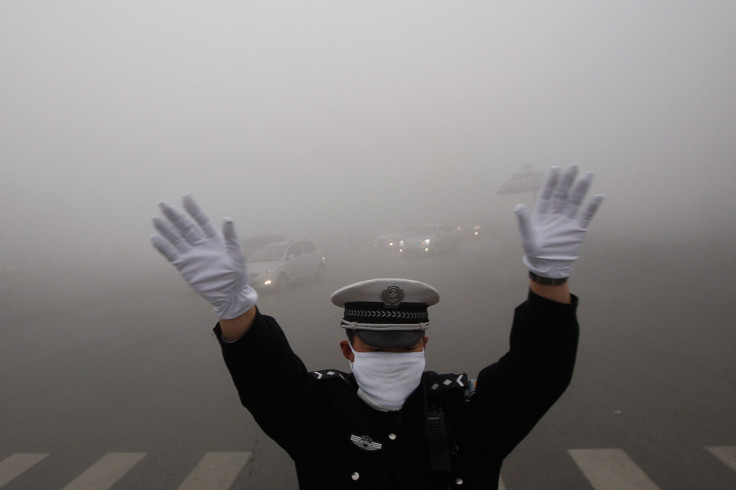Climate Change: Polluted Air to Affect 55% of Population by 2100

Climate change will result in over half of the world's population being exposed to stagnant and polluted air, scientists have said.
Published in the journal Climate Change, researchers from Stanford University in California said that air quality is to become increasingly poor as a result of air stagnation.
Study leader Daniel Horton looked at 15 different climate models to identify changes in the number of atmospheric stagnation events, where air masses stagnate, meaning soot, dust and ozone build up in the atmosphere.
Findings showed people who will be worst affected include those living in the tropics and subtropics.
"Much of the air-quality community focuses on pollutants," he told Nature magazine. "This study takes a step back and looks at the weather or climate component that can lead to the formation of hazardous air quality."
Air stagnation is caused by light winds, a stable lower atmosphere and a day with little to no rain to wash away pollution. In a scenario where greenhouse gas emissions are high, by 2100 55% of the world's population – or about six billion people – will experience more air stagnation.
Places such as India, Mexico and the Amazon will have around 40 more air stagnant days, they said, adding that parts of the western United States will also have especially intense impacts due to the large population.
The World Health Organisation estimated that around 3.7 million people died prematurely as a result of air pollution in 2012 – pollutants in the air increase the risk of stroke, lung cancer, respiratory diseases and heart disease.
Commenting on the research, Susanne Grossman-Clarke, an urban climatologist at the Potsdam Institute for Climate Impact Research in Germany, said "Combine these stagnant air masses with extreme heat and a great number of people may end up sitting in emergency rooms."
© Copyright IBTimes 2024. All rights reserved.






